Creating a cohesive and visually appealing living room can be a daunting task, but one way to achieve this is by using complementary colors. These are colors that are opposite each other on the color wheel, and when paired together, they create a striking contrast that can add depth and dimension to your living space. One popular complementary color scheme for living rooms is blue and orange. The cool tones of blue can be balanced out by the warm tones of orange, creating a harmonious and inviting atmosphere. Another option is to use purple and yellow as your main complementary colors. This combination can add a sense of luxury and sophistication to your living room, with the deep purples contrasting beautifully with the bright yellows.1. Complementary Color Schemes for Living Rooms
When incorporating complementary colors into your living room, it's important to choose one color as the dominant color and use the other as an accent. This will prevent the colors from overpowering each other and create a balanced look. For example, if you choose green and red as your complementary colors, you can use green as the dominant color for your walls and furniture, while adding pops of red through accent pieces such as pillows or artwork.2. How to Use Complementary Colors in Your Living Room
While there are endless options for complementary color combinations, some work better than others in a living room setting. Yellow and purple, green and red, and blue and orange are all classic and timeless combinations that can add a bold and stylish touch to your living room. For a more subtle and elegant look, consider using navy blue and coral as your complementary colors. The deep blue tones can be complemented by the warm coral hues, creating a sophisticated and inviting space.3. Best Complementary Color Combinations for Living Rooms
If you want to add a pop of vibrancy to your living room, consider using pink and green as your complementary colors. The softness of pink can be balanced out by the natural and earthy tones of green, creating a playful and lively atmosphere. Another way to add vibrancy to your living room is by using orange and blue. These bold and contrasting colors can add a sense of energy and excitement to your space, perfect for those who love a bold and eclectic style.4. Complementary Color Ideas for a Vibrant Living Room
One of the key benefits of using complementary colors in your living room is that they can create balance and harmony in your space. By using colors that are opposite each other on the color wheel, you can create a sense of equilibrium and prevent a room from feeling too overwhelming or one-dimensional. For example, if you have a neutral-colored living room, you can add yellow and purple accents to create a sense of balance and visual interest.5. Using Complementary Colors to Create Balance in Your Living Room
The use of complementary colors in living room design can have a significant impact on the overall look and feel of your space. Whether you want to create a bold and dramatic statement or a more subtle and harmonious atmosphere, complementary colors can help you achieve your desired aesthetic. For a modern and on-trend look, consider using gray and yellow as your complementary colors. The cool tones of gray can be complemented by the warmth of yellow, creating a contemporary and stylish living room.6. The Impact of Complementary Colors in Living Room Design
If you want to create a cozy and inviting living room, consider using red and green as your complementary colors. The warm and rich tones of red can be balanced out by the natural and earthy greens, creating a warm and welcoming space. You can also achieve a cozy and intimate atmosphere by using orange and purple as your complementary colors. The combination of these warm and bold colors can add a sense of comfort and luxury to your living room.7. Complementary Color Palettes for a Cozy Living Room
For those who love bold and vibrant spaces, using complementary colors in your living room is a great way to add a pop of color. Consider blue and yellow, green and purple, or red and turquoise as your complementary color combinations to create a dynamic and eye-catching living room. For a more subtle pop of color, try using pink and green as your complementary colors. These softer tones can add a touch of playfulness and charm to your living room without being too overwhelming.8. Adding Pop to Your Living Room with Complementary Colors
Complementary colors are constantly evolving and changing in the world of interior design. Some popular complementary color trends for living room decor include mint green and coral, navy blue and blush pink, and mustard yellow and gray. These color combinations can add a modern and stylish touch to your living room, while still maintaining a sense of balance and harmony.9. Complementary Color Trends for Living Room Decor
Aside from using complementary colors on your walls and decor, you can also incorporate them into your living room furniture. Consider using blue and orange, purple and yellow, or green and red as your complementary color combinations for your furniture. For example, you can have a blue sofa paired with orange accent chairs, or a yellow ottoman paired with purple throw pillows. This will not only add a pop of color to your living room but also tie in all the elements of your space together.10. How to Incorporate Complementary Colors into Your Living Room Furniture
The Power of Complementary Colors in Your Living Room Design

Creating a Harmonious and Vibrant Space
 When it comes to designing your living room, one of the key elements to consider is color. The right color palette can set the tone for the entire space and can greatly impact the overall feel and mood of the room. This is where the power of complementary colors comes into play.
Complementary colors are hues that are opposite each other on the color wheel, such as blue and orange, green and red, or purple and yellow. These colors create a strong contrast and when used together, they can create a harmonious and vibrant space.
When it comes to designing your living room, one of the key elements to consider is color. The right color palette can set the tone for the entire space and can greatly impact the overall feel and mood of the room. This is where the power of complementary colors comes into play.
Complementary colors are hues that are opposite each other on the color wheel, such as blue and orange, green and red, or purple and yellow. These colors create a strong contrast and when used together, they can create a harmonious and vibrant space.
Bringing Balance and Depth to Your Living Room
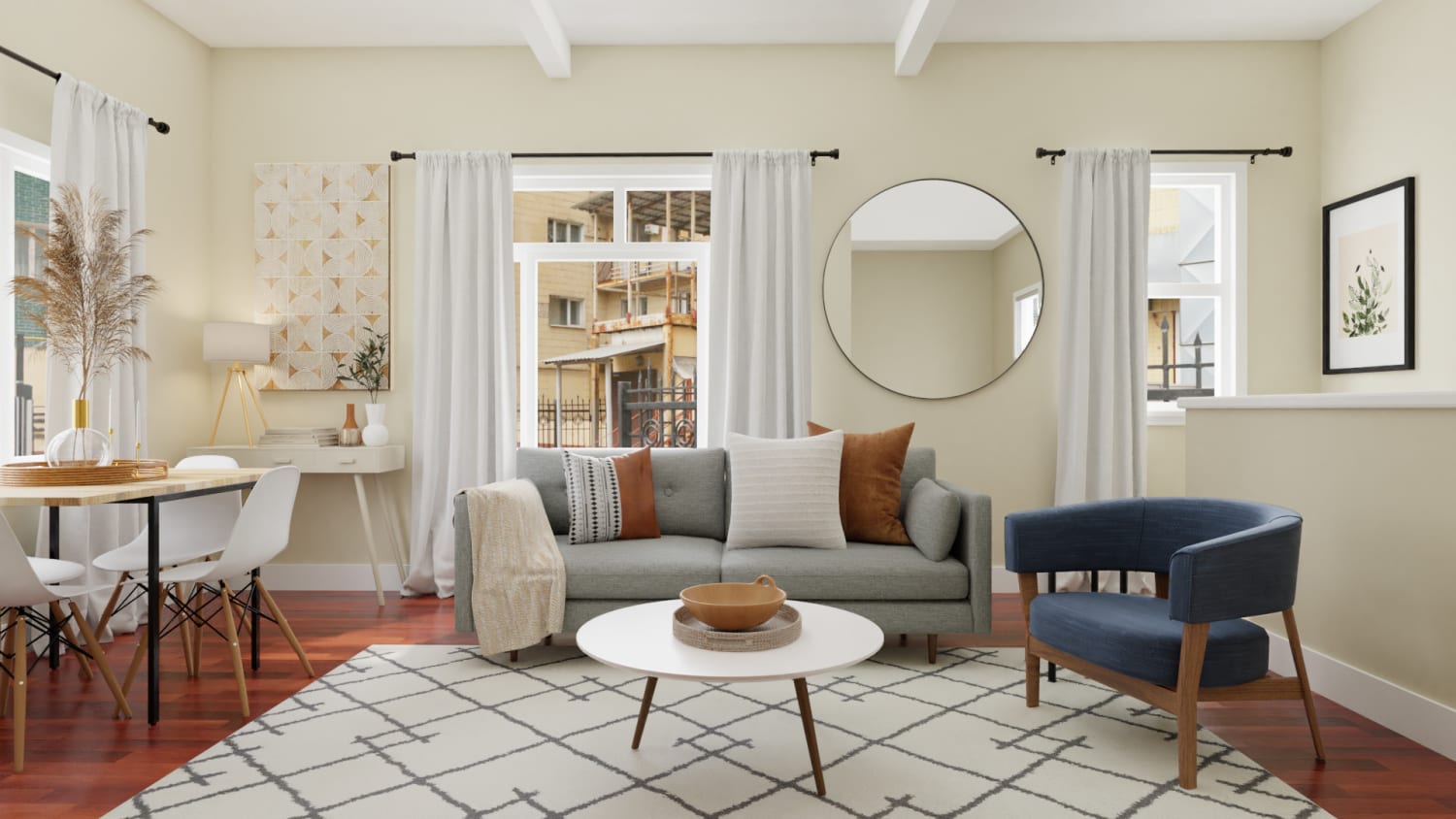 The use of complementary colors in your living room can bring balance and depth to the overall design. By using two contrasting colors in equal proportions, you can create a sense of harmony and balance in the space.
For example, if you have a large blue sofa in your living room, pairing it with a bold orange accent wall can create a dynamic and eye-catching look.
This balance of warm and cool tones can also add depth to the room, making it feel more visually interesting and inviting.
The use of complementary colors in your living room can bring balance and depth to the overall design. By using two contrasting colors in equal proportions, you can create a sense of harmony and balance in the space.
For example, if you have a large blue sofa in your living room, pairing it with a bold orange accent wall can create a dynamic and eye-catching look.
This balance of warm and cool tones can also add depth to the room, making it feel more visually interesting and inviting.
Creating a Focal Point
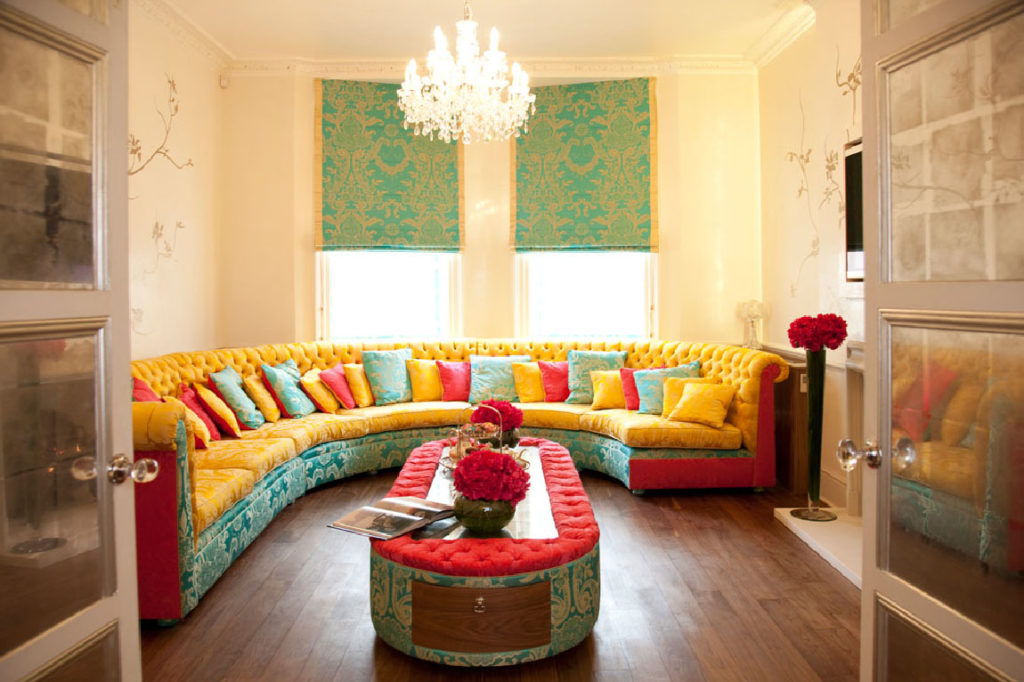 Another benefit of using complementary colors in your living room is the ability to create a focal point.
By using a bold, contrasting color in one area of the room, you can draw the eye and create a focal point that adds visual interest and character to the space.
This can be achieved through the use of accent walls, furniture, or accessories in complementary colors. It's important to not go overboard with these bold colors, as it can create a chaotic and overwhelming look. Instead, use them strategically to create a focal point that ties the room together.
Another benefit of using complementary colors in your living room is the ability to create a focal point.
By using a bold, contrasting color in one area of the room, you can draw the eye and create a focal point that adds visual interest and character to the space.
This can be achieved through the use of accent walls, furniture, or accessories in complementary colors. It's important to not go overboard with these bold colors, as it can create a chaotic and overwhelming look. Instead, use them strategically to create a focal point that ties the room together.
Adding Warmth and Energy to the Space
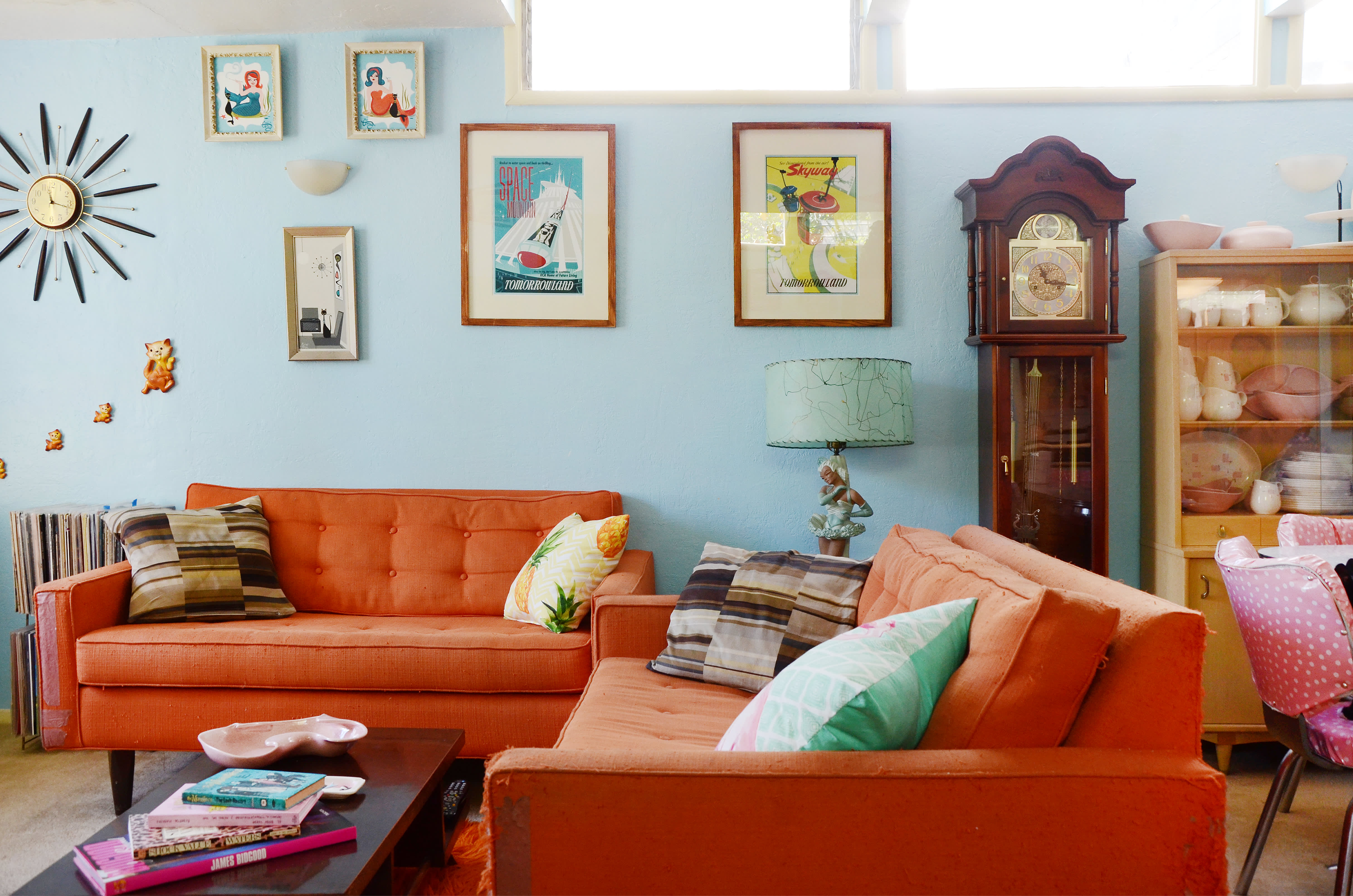 Complementary colors are known for their ability to evoke emotions and add energy to a space. By using warm and cool tones together, you can create a sense of balance and warmth in your living room.
For example, pairing a warm, yellow-toned rug with cool, blue accents can create a cozy and inviting atmosphere.
This can be especially effective in larger living rooms that may feel cold or empty without the use of complementary colors.
Complementary colors are known for their ability to evoke emotions and add energy to a space. By using warm and cool tones together, you can create a sense of balance and warmth in your living room.
For example, pairing a warm, yellow-toned rug with cool, blue accents can create a cozy and inviting atmosphere.
This can be especially effective in larger living rooms that may feel cold or empty without the use of complementary colors.
Final Thoughts
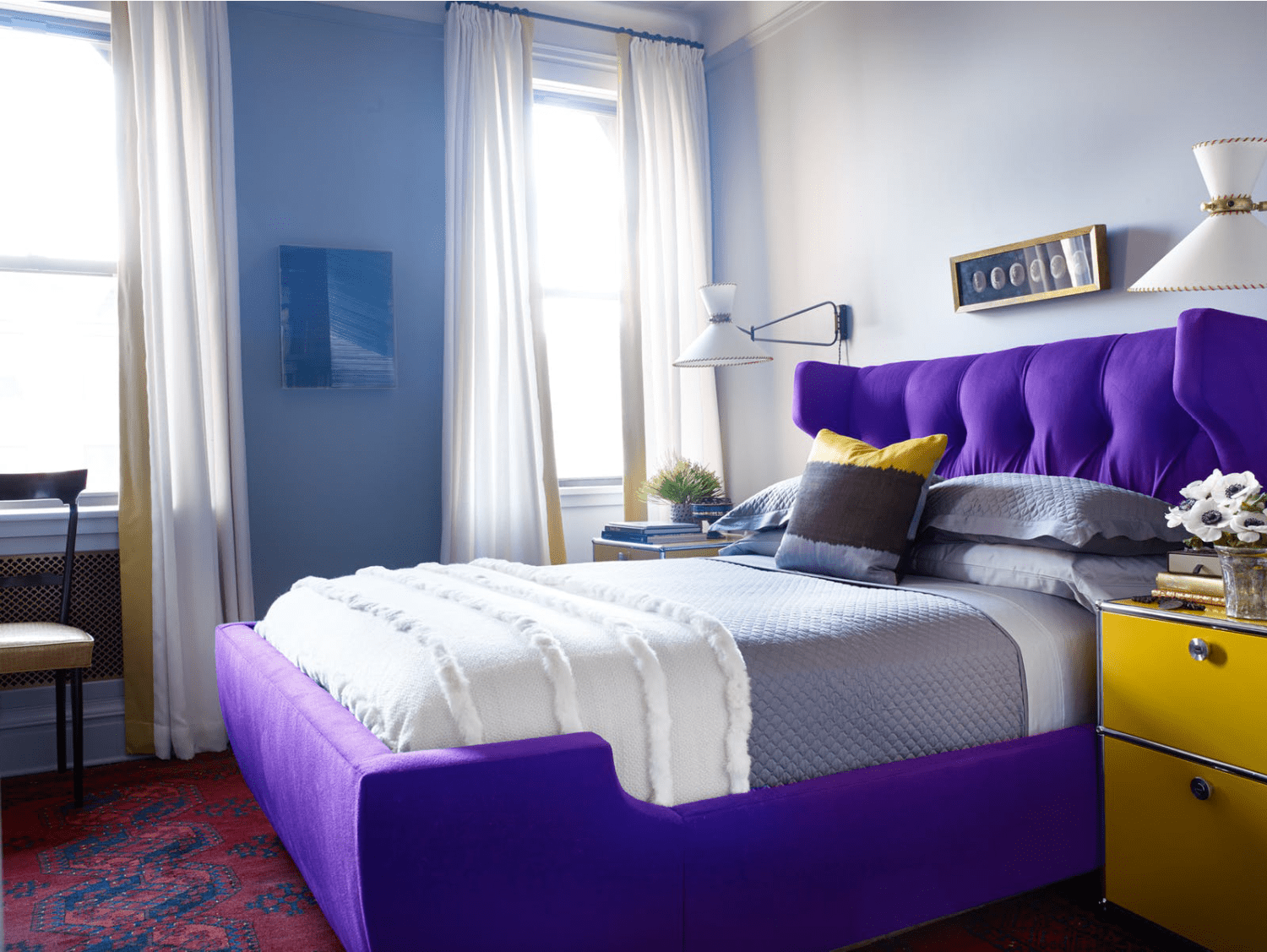 Incorporating complementary colors into your living room design can bring a whole new level of depth, harmony, and energy to the space. By carefully choosing and balancing warm and cool tones, you can create a beautiful and inviting living room that reflects your personal style and taste. So don't be afraid to experiment with complementary colors and see the transformative power they can bring to your living room.
Incorporating complementary colors into your living room design can bring a whole new level of depth, harmony, and energy to the space. By carefully choosing and balancing warm and cool tones, you can create a beautiful and inviting living room that reflects your personal style and taste. So don't be afraid to experiment with complementary colors and see the transformative power they can bring to your living room.
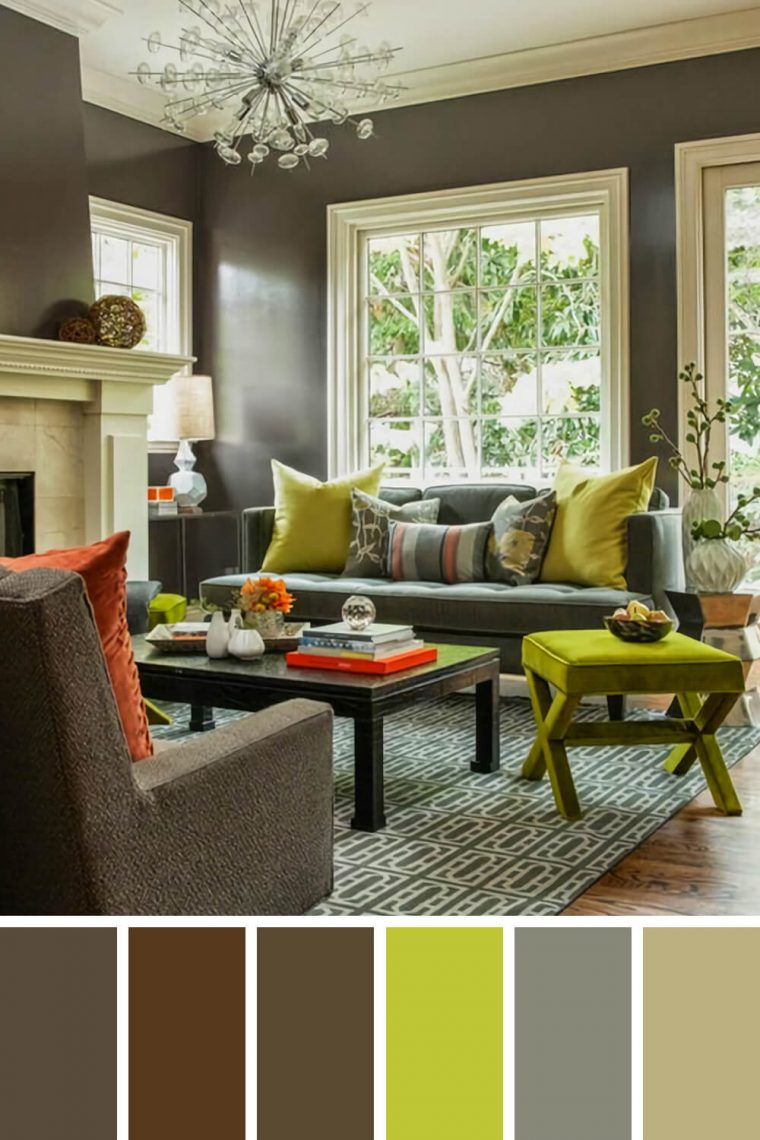
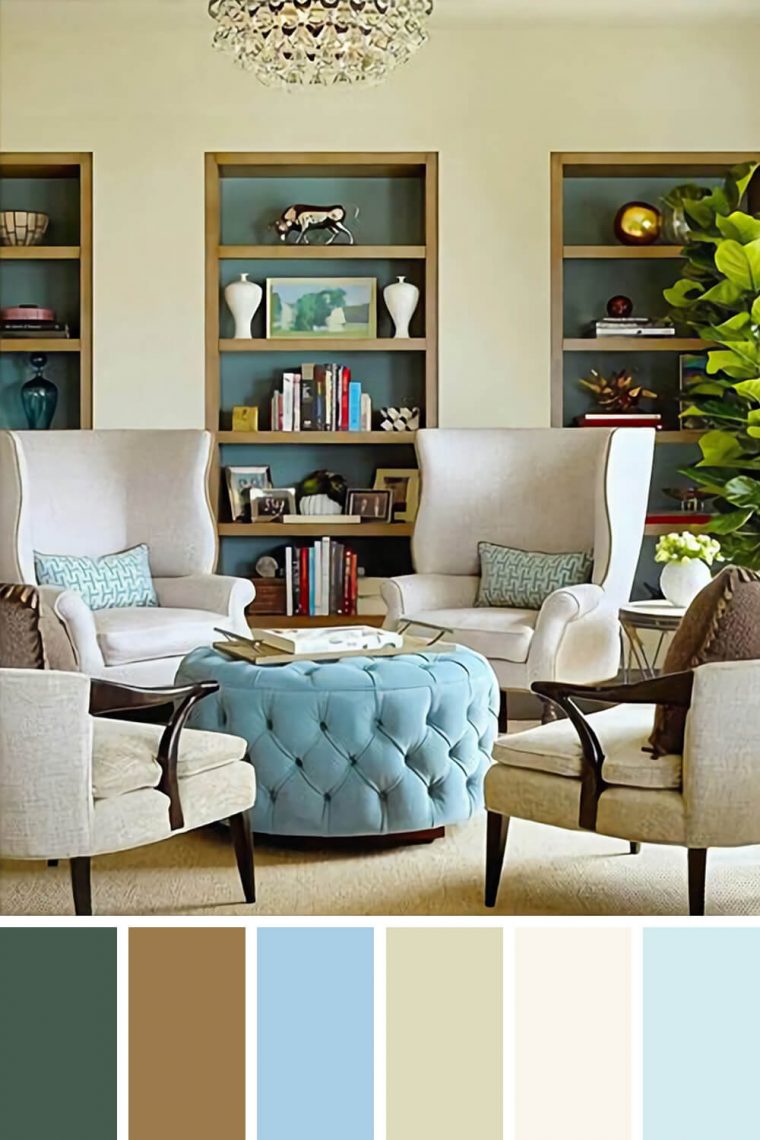
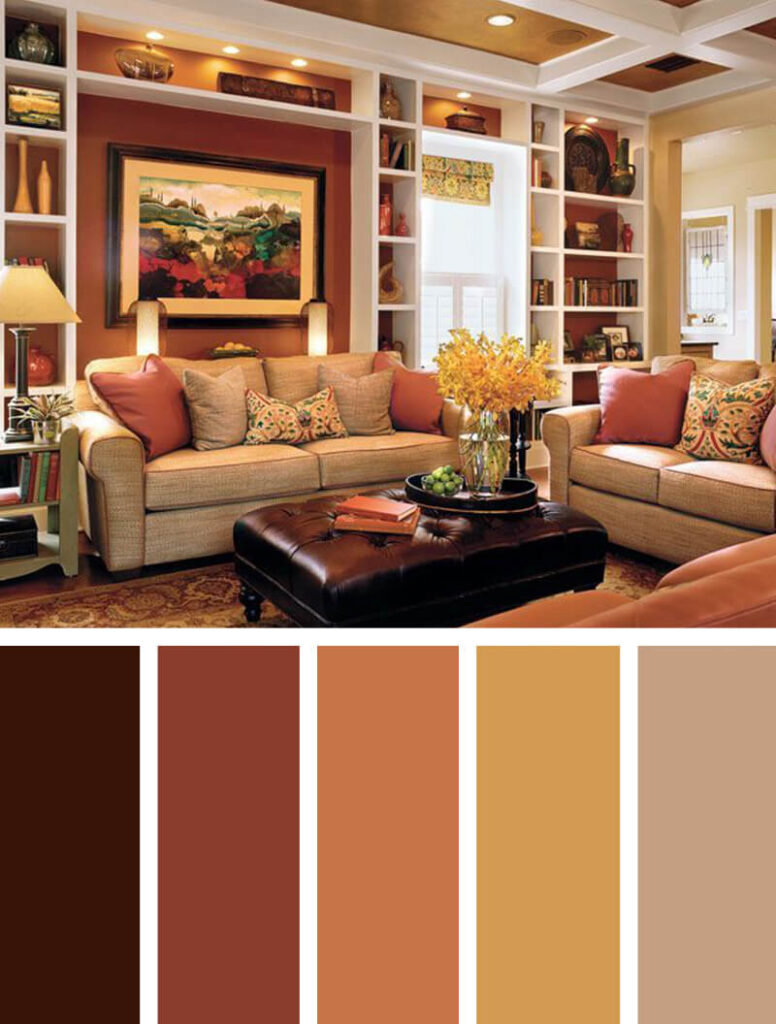




:max_bytes(150000):strip_icc()/MyDomaine_ColorPalette-Complimentary-3-35f755fe096f48aebeaddebc64f61ed8.jpg)




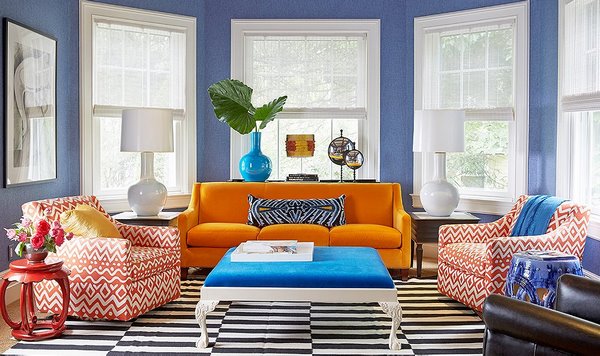


/MyDomaine_ColorPalette-Complimentary-3-35f755fe096f48aebeaddebc64f61ed8.jpg)
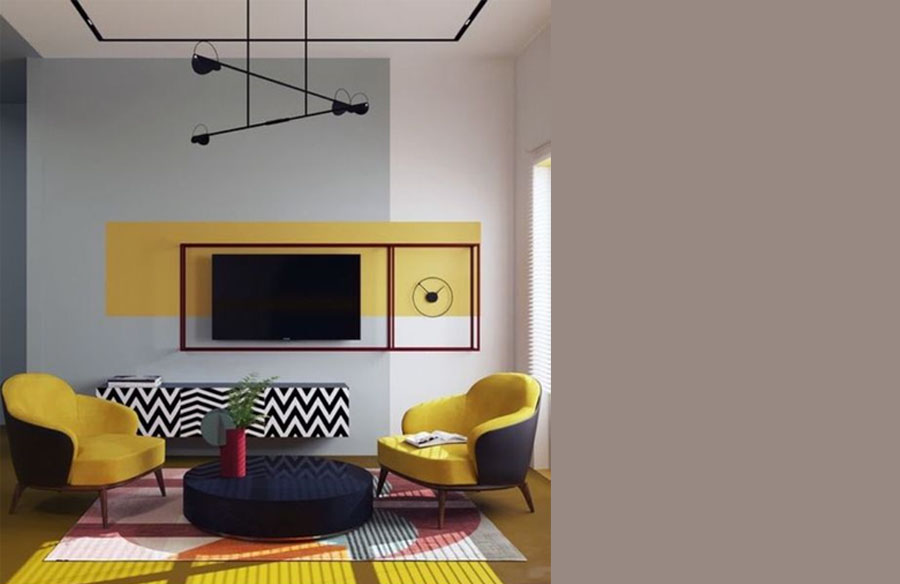

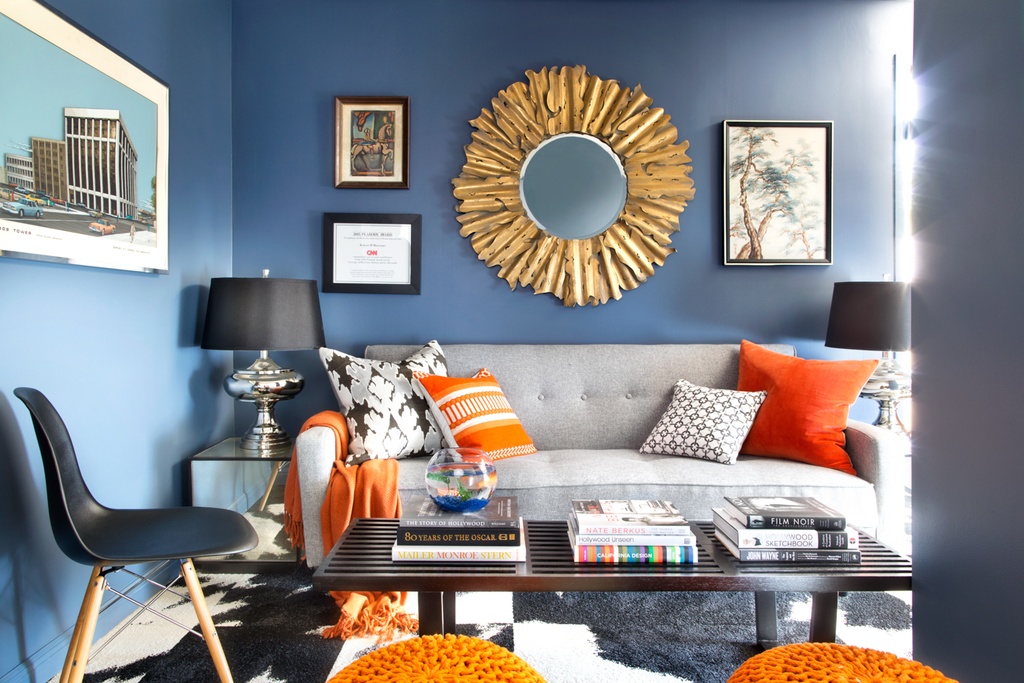



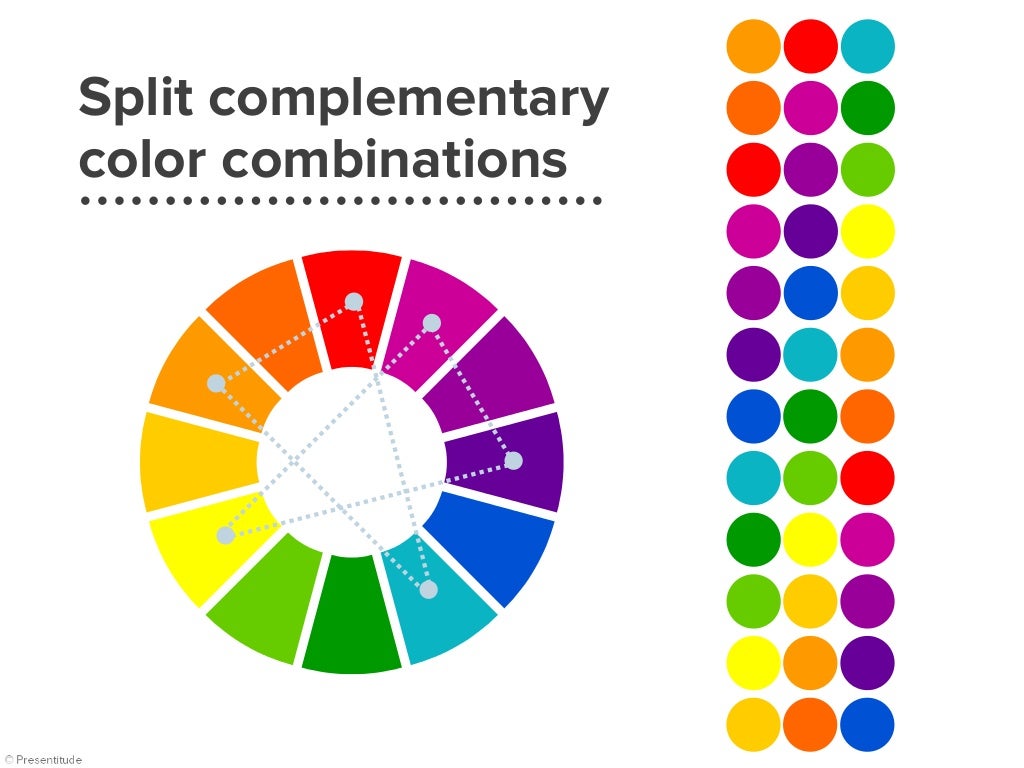




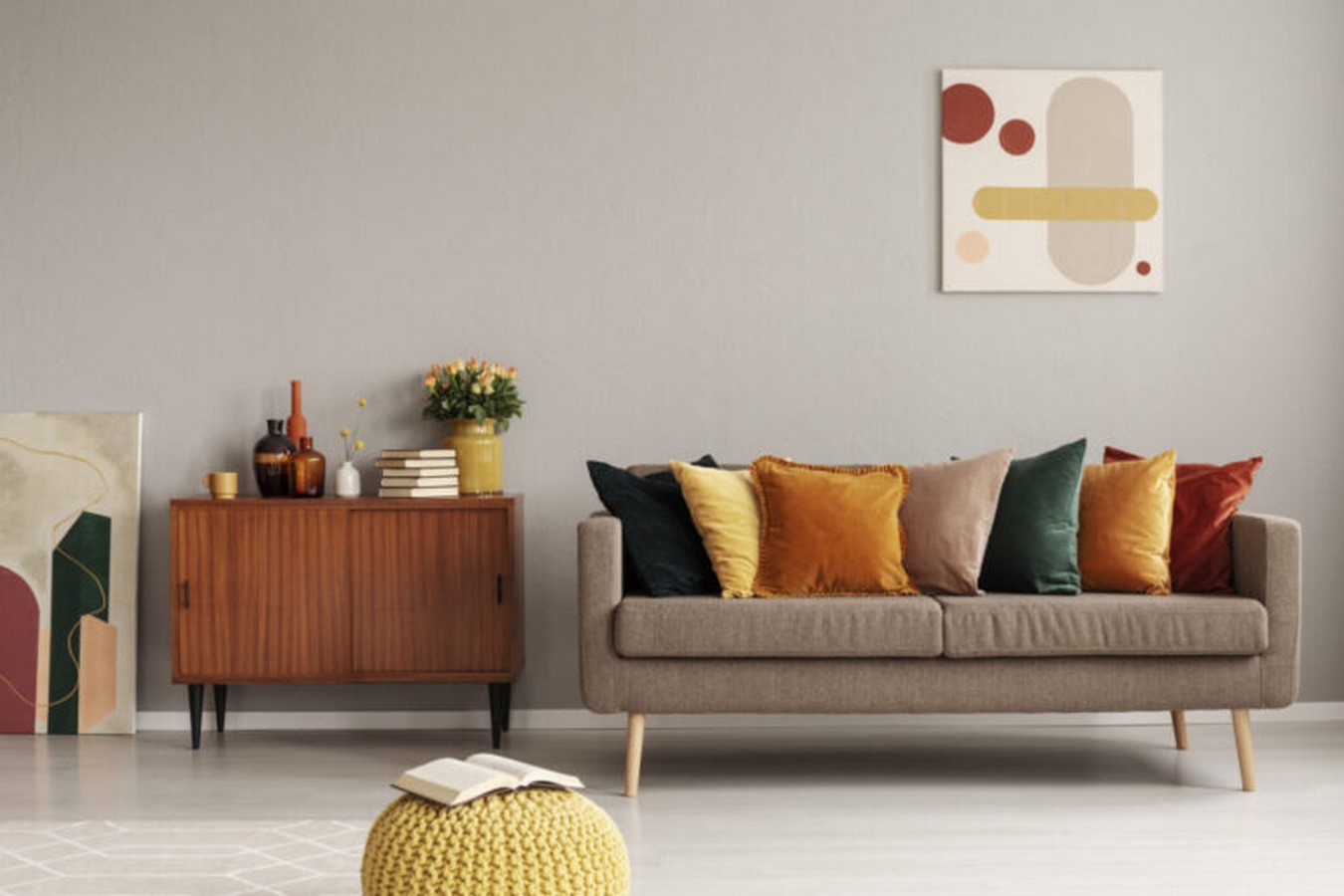




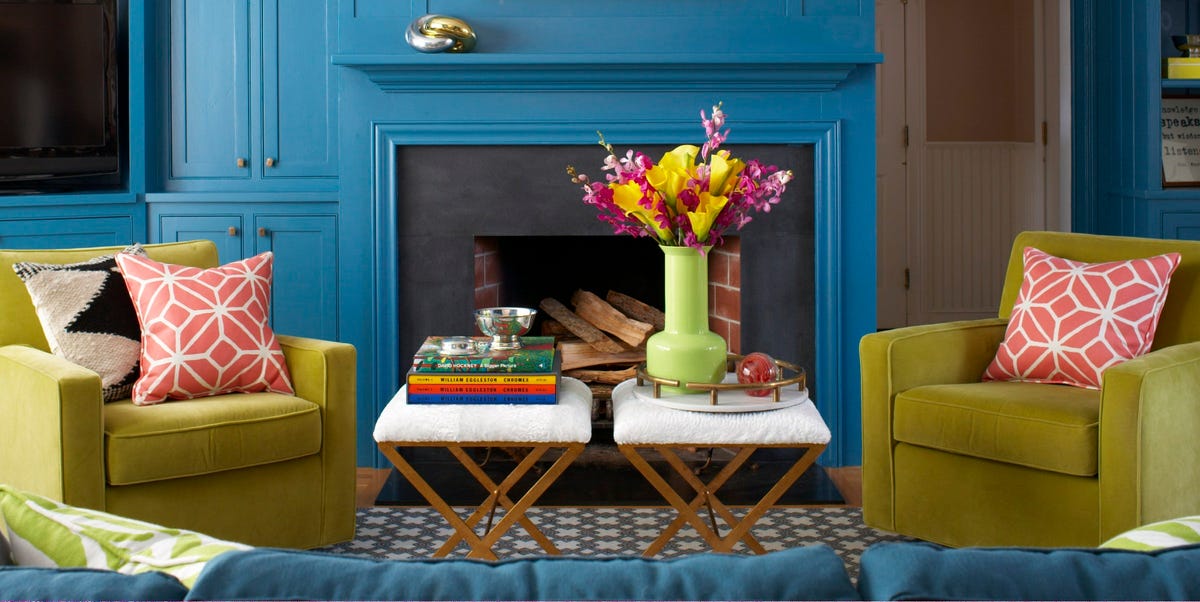







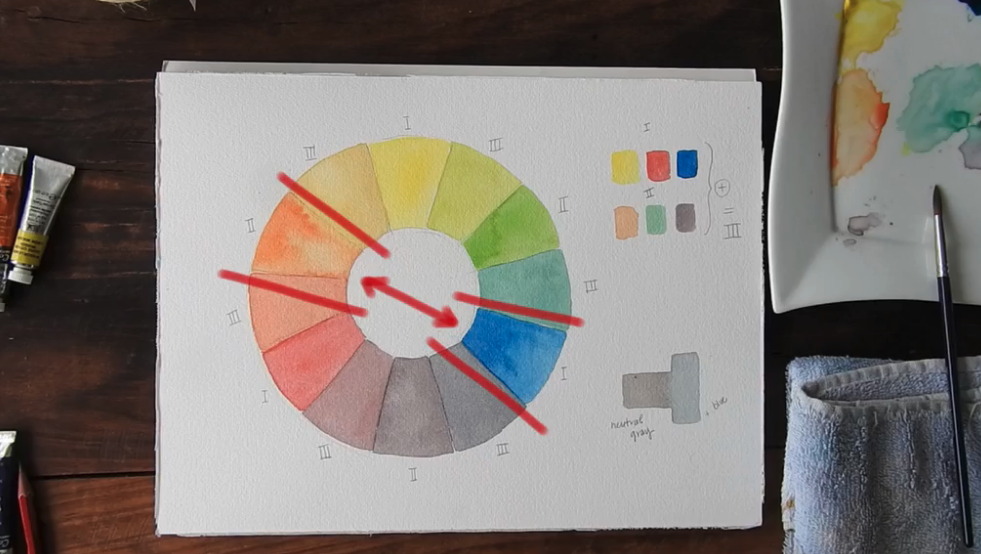



























:max_bytes(150000):strip_icc()/MyDomaine_ColorPalette-Complimentary-3-35f755fe096f48aebeaddebc64f61ed8.jpg)



























